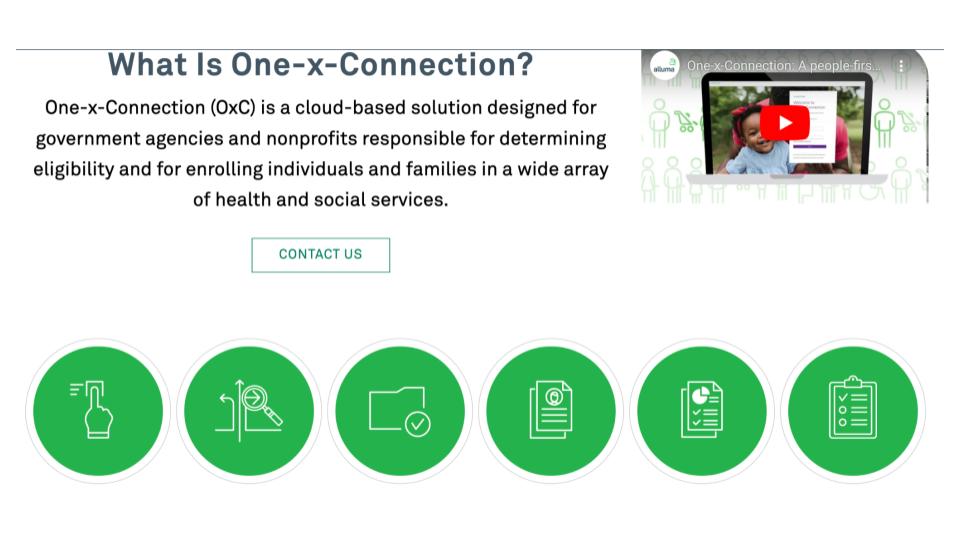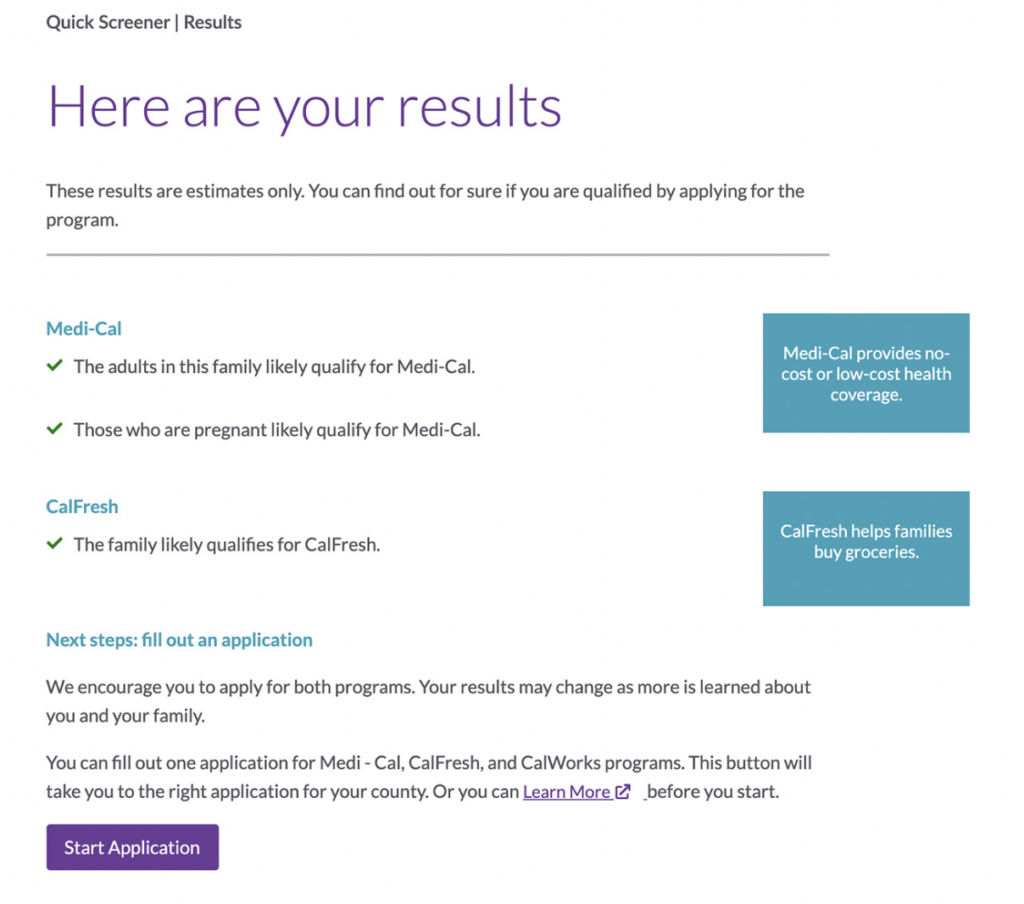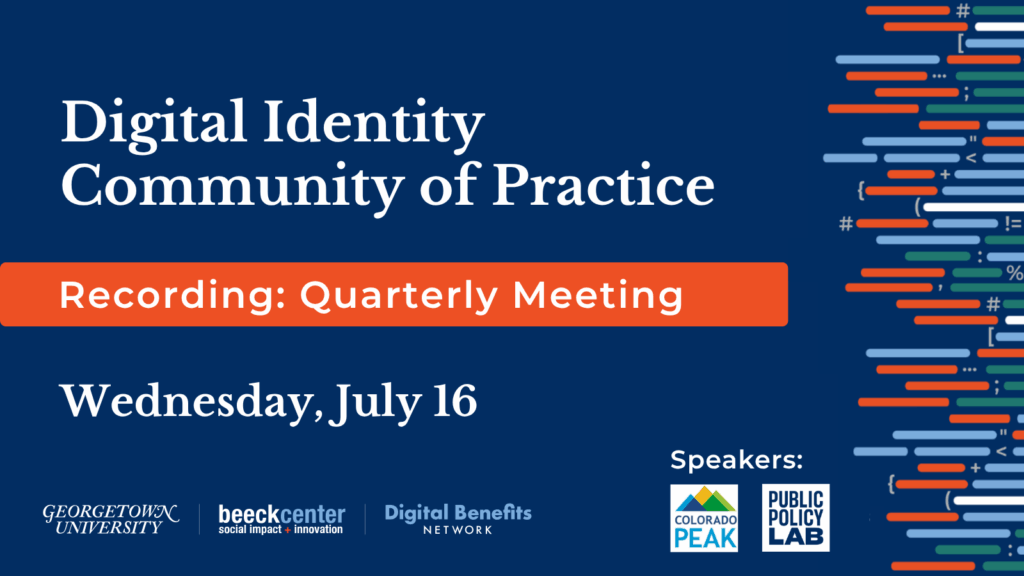Project Snapshot: Alluma: One-x-Connection
Alluma is a nonprofit that provides digital solutions to simplify eligibility screening and enrollment for social benefit programs, supporting cross-benefit access in 45 counties and two states. Their One-x-Connection product suite streamlines Medicaid and SNAP applications using a business rules engine, with a focus on human-centered design and anonymous, simplified eligibility checks, having helped screen over 10 million individuals and submitted over 67 million applications.

Organization Description + Mission
Alluma is a nonprofit organization dedicated to connecting people to help. They are reimagining the way technology is used to enable people to have agency to connect to opportunity. For over 20 years, Alluma has been providing digital solutions and consulting services that assist individuals, non-profit organizations, and various state and county agencies with eligibility determination and enrollment into various social benefit programs. They also connect people to local community resources. Through their human-centered, modular solutions, they support cross-benefit eligibility screening and enrollment in 45 counties and two states. Alluma has screened over 10 million individuals for eligibility and submitted more than 67 million program applications. In 2020, Alluma merged with One Degree to expand their ability to connect people to community-based services in addition to public benefits.
Approach to Eligibility
Alluma’s One-x-Connection (OxC) product suite simplifies Medicaid and SNAP eligibility and enrollment as much as possible for applicants and their assisters. OxC provides a quick screener for checking eligibility in a few minutes, a more robust multi-benefit eligibility screener backed by a business rules engine, and multi-benefit enrollment including document submission and management. The screener is anonymous and does not pass information into the application forms.
To ensure OxC products would truly simplify the application and enrollment process for users, the Alluma team performed a variety of human-centered design-informed practices throughout OxC’s design and development, including: conducting user interviews and testing throughout to guide iteration; comparing program applications to identify common data points collected across programs, thereby reducing the number of questions OxC products ask users; and simplifying complicated application terminology into language that testers understood, likely increasing the accuracy of their eligibility results. To further encourage users to pursue programs, and for those who may have borderline eligibility, the screener indexes towards “may be eligible” and directs them to the application.
Rules Structure + Technology
The OxC front end uses react code that reads JSON configuration files, which can be customized to any organization. The rules are stored independently via a rules engine built in Red Hat Jboss, which integrates with the front end via APIs.
How They Write Rules
When the Alluma team set out to create a rules engine, the policy team started the process by determining which data points the Medicaid and SNAP programs must collect from applicants to determine eligibility. This was done through analyzing the programs’ applications, as well as delving into the Code of Federal Regulations (CFR) to determine the policies underpinning the questions found in the applications. From this research the policy team crafted a matrix of data points that must be collected to determine both Medicaid and SNAP eligibility at the same time. The policy and technology teams then worked together to translate these data points into rules, ultimately producing flow charts that explained in plain English a set of rules using “if/then,” “this/and,” and “or/but” statements. These assets were then handed off to the developer to code into the rules engine. The policy and tech leads then worked together to test the rules based on family situations to see if they generate an expected result. They were then able to continuously iterate on the rules. When there are changes or updates to the rules, such as the annual update to the federal poverty level, the policy and tech teams have a set business process to evaluate, agree to, implement, and test to ensure accuracy and impact on the system as a whole.



